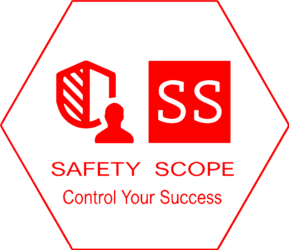Safety Scope’s curated a list of working at heights training courses covering topics such as ladder safety, scaffold safety, aerial lifts, harnessing, and OSHA fall protection standards. These courses are designed to help your team understand fall hazards and the importance of using safety equipment and other fall protection safety techniques when working from heights.
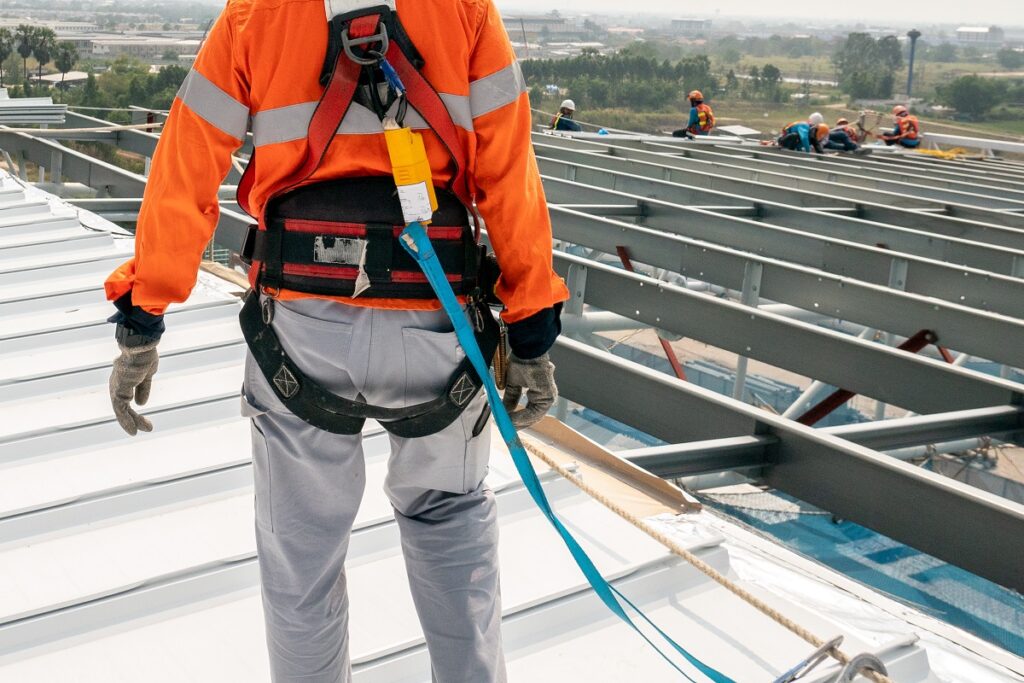
1. Fall Protection
The Fall Protection course by Safety Scope is designed to boost your construction workers’ knowledge on basic fall protection and safety measures to help them prevent accidents while working from heights at a construction site. Divided into 6 parts, this course highlights the importance of implementing fall protection training guidelines, goes into detail about workers’ rights, and covers fall protection systems like guardrails, safety nets, and body harnesses. It also talks about the different safety measures that protect workers from falling objects.
2. Ladder Safety
Safety Scope’s Ladder Safety course is designed to give your workers a basic overview of ladders, ladder inspection checks, and safety hazards. Through this course, your workers can learn about simple ladder precautions like preventing overload and maintaining three points of contact to help them minimize the risk of falling from heights. It also discusses the two main types of ladders, which include leaning ladders and step ladders, and what tasks they are best used for.
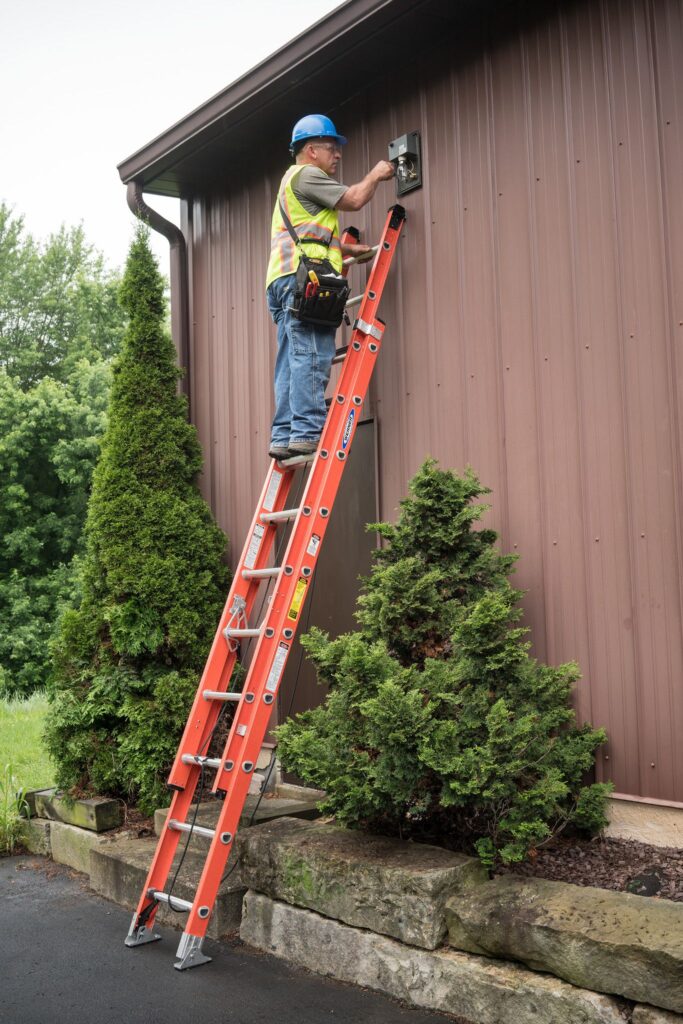
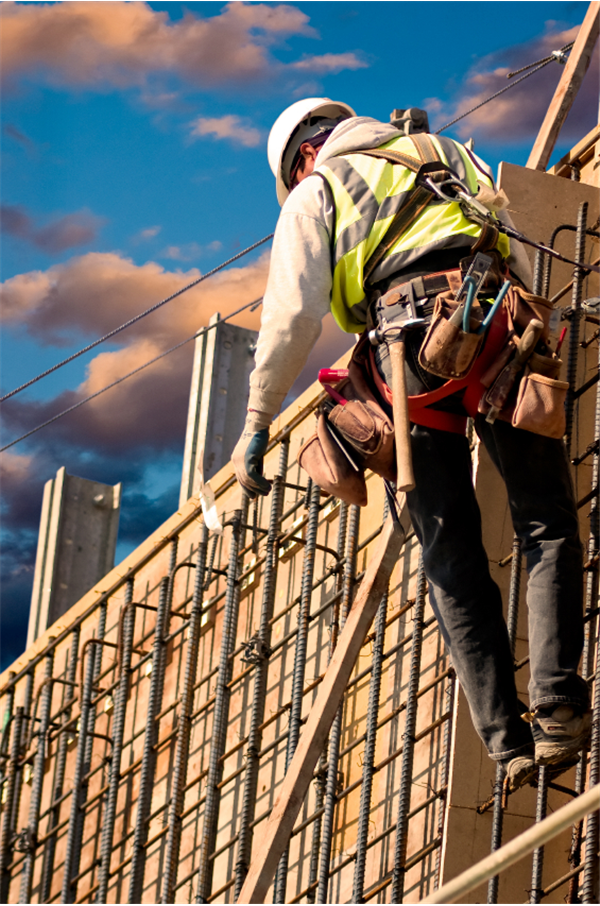
3. Working At Height
If your team works at heights in a non-construction setting, you can try implementing Safety Scope’s Working at Heights Training course to comply with safety regulations and training requirements. It discusses workers’ general responsibilities and the necessary procedures needed to reduce the risk of falls. The course also goes over the proper use, inspection, and maintenance of harnesses. After completing their training, learners will be able to identify different fall arrest systems, fall hazards, and controls.
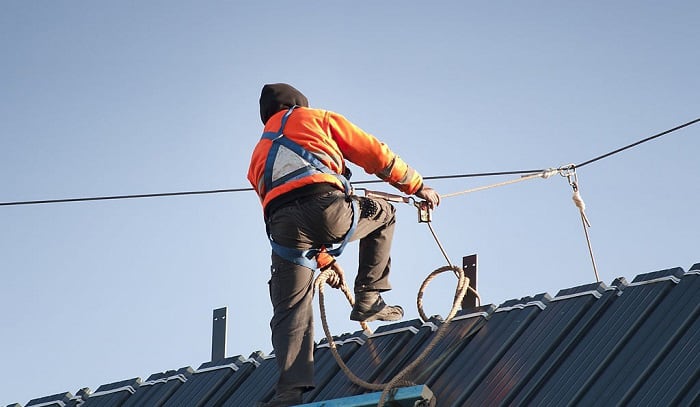
4. Harnessing
Whether you’re managing construction workers, window cleaners, electrical technicians, or anyone working at heights, providing them with basic harnessing training is crucial for their safety. This free Safety Scope course allows you to improve your workers’ knowledge on the fundamental parts of various fall arrest systems, some of which include restraint systems, suspension systems, controlled descent systems, and fixed or portable ladders. They’ll also learn how to inspect harnesses for defects and how to maintain your equipment with proper clearing and storage.
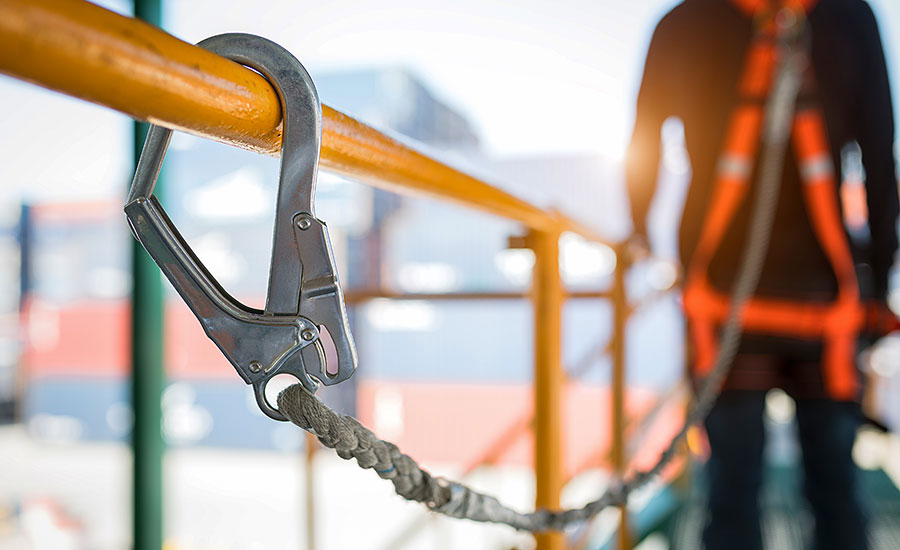
5. Fall Protection Training
The Fall Protection Training course by Safety Scope provides learners with general knowledge about different fall prevention methods used in the construction industry. Some of the topics covered in the course include positioning device systems, safety monitoring systems, and types of active and passive fall protection systems including guardrails, safety net systems, and personal fall arrest systems. Your workers can also expect to learn more about proper equipment inspection, fall hazard identification and risk management, which are all vital for passing OSHA’s working at heights safety standards. Insights from this course comes in handy especially when performing high-risk work such as roofing.
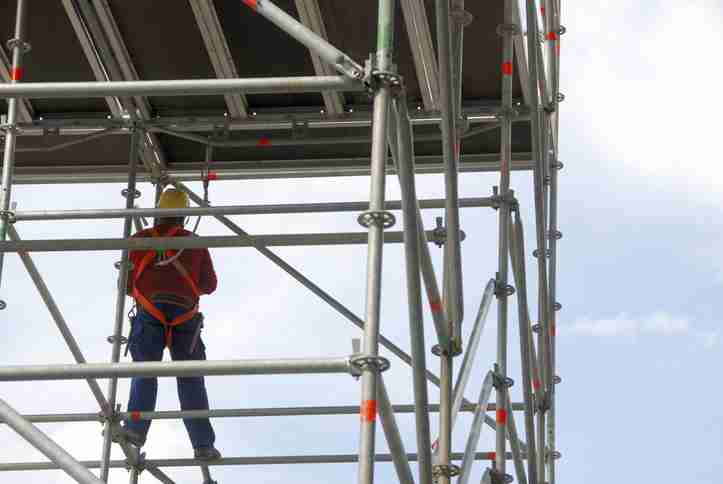
6. Scaffold Safety
Safety Scope Scaffold Safety course equips your workers with the knowledge and skills they need to safely work safely with scaffolding. The first part of the course discusses the differences between suspended scaffolds, supported scaffolds, and birdcage scaffolds. It then goes into detail about the different types of scaffolding access like ramps, walkways, ladders, and stair towers, which are required when scaffold structures are more than two feet above or below a point of access. Your workers can also expect to learn more about maximum capacity and the types of loads that can affect scaffolds These include dead loads like platforms and suspension cables, live loads such as individuals working on the scaffold, and environmental loads like earthquakes, wind, and snow.
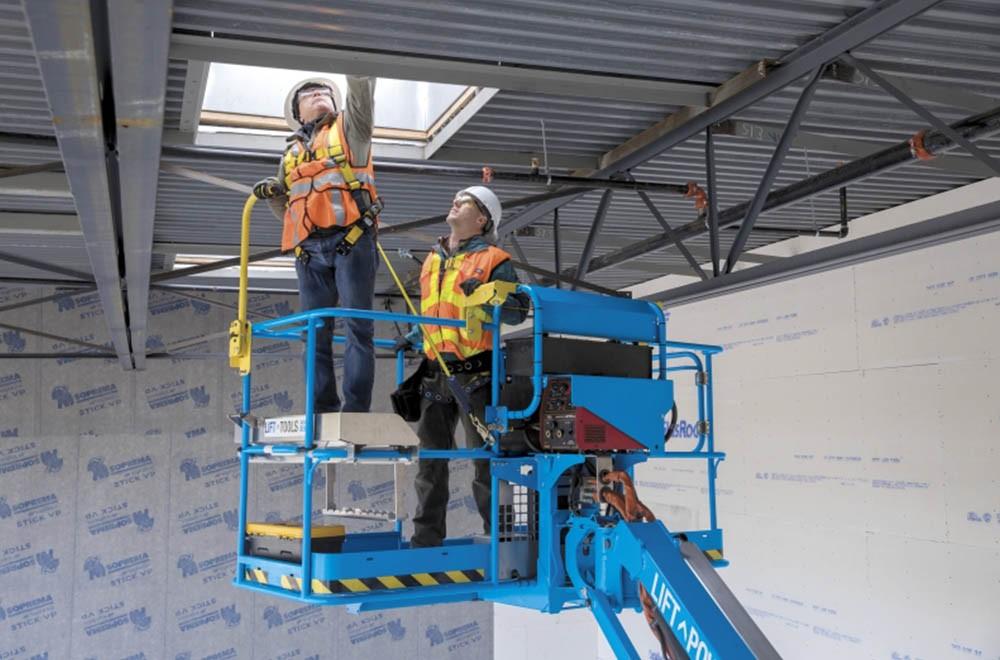
7. Aerial Lifts
Aerial Lifts are vehicle-mounted platforms that are capable of moving personnel vertically, horizontally, or both to help them perform tasks like painting, electrical work, drywall installation, and tree cutting. To safely operate these machines, workers are required to comply with OSHA’s safety standards by going through proper training. Safety Scope’s Aerial Lifts course introduces your workers to how aerial lifts work and how they can be used to work from heights safely. It also talks about the different types of aerial lifts including boom lifts, which are used for large scale industrial tasks and construction projects; personnel lifts, which are typically used by one person for indoor construction or maintenance; and scissor lifts, designed for heavy-duty vertical lifting in industries like manufacturing and transportation.

